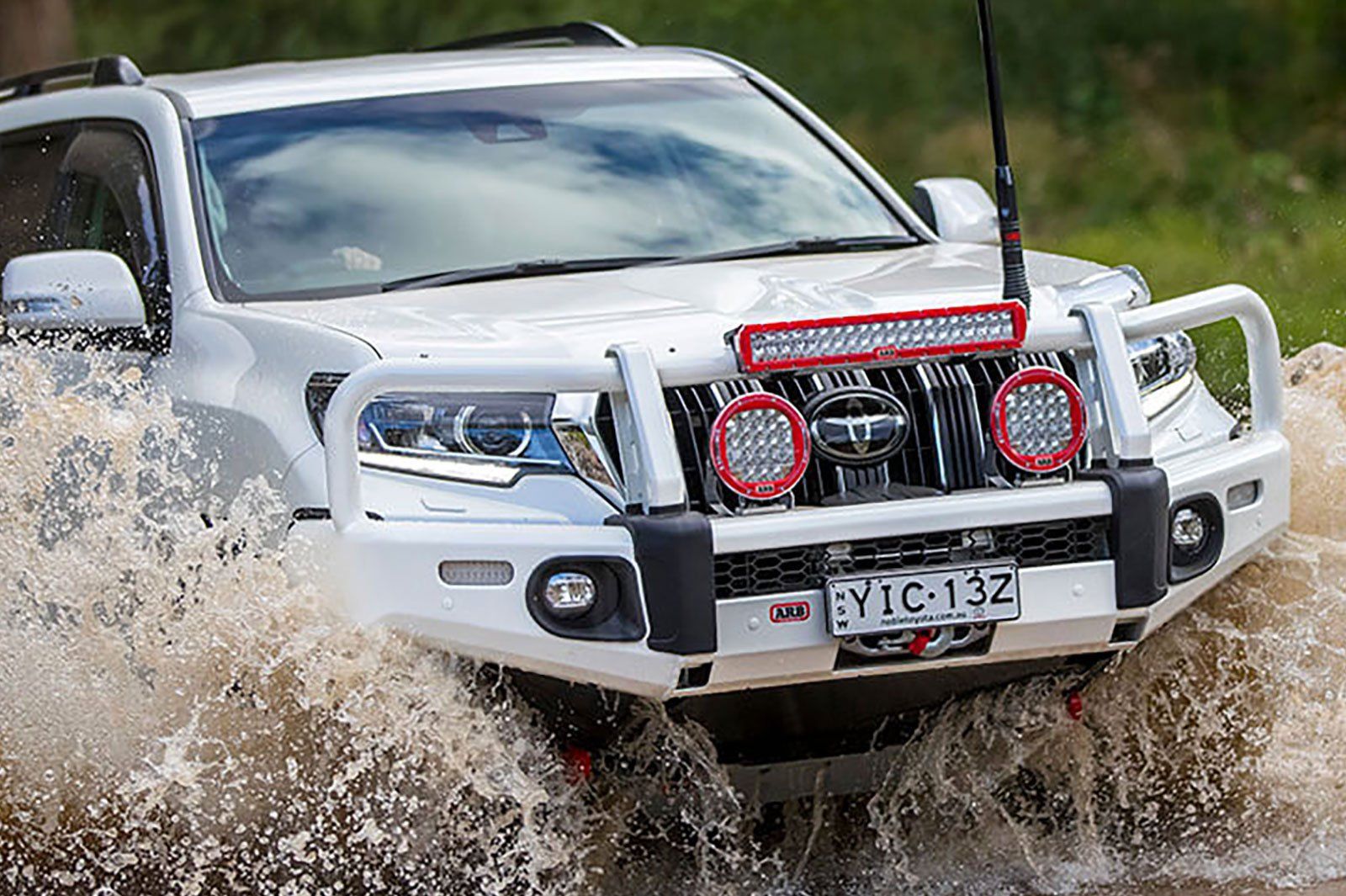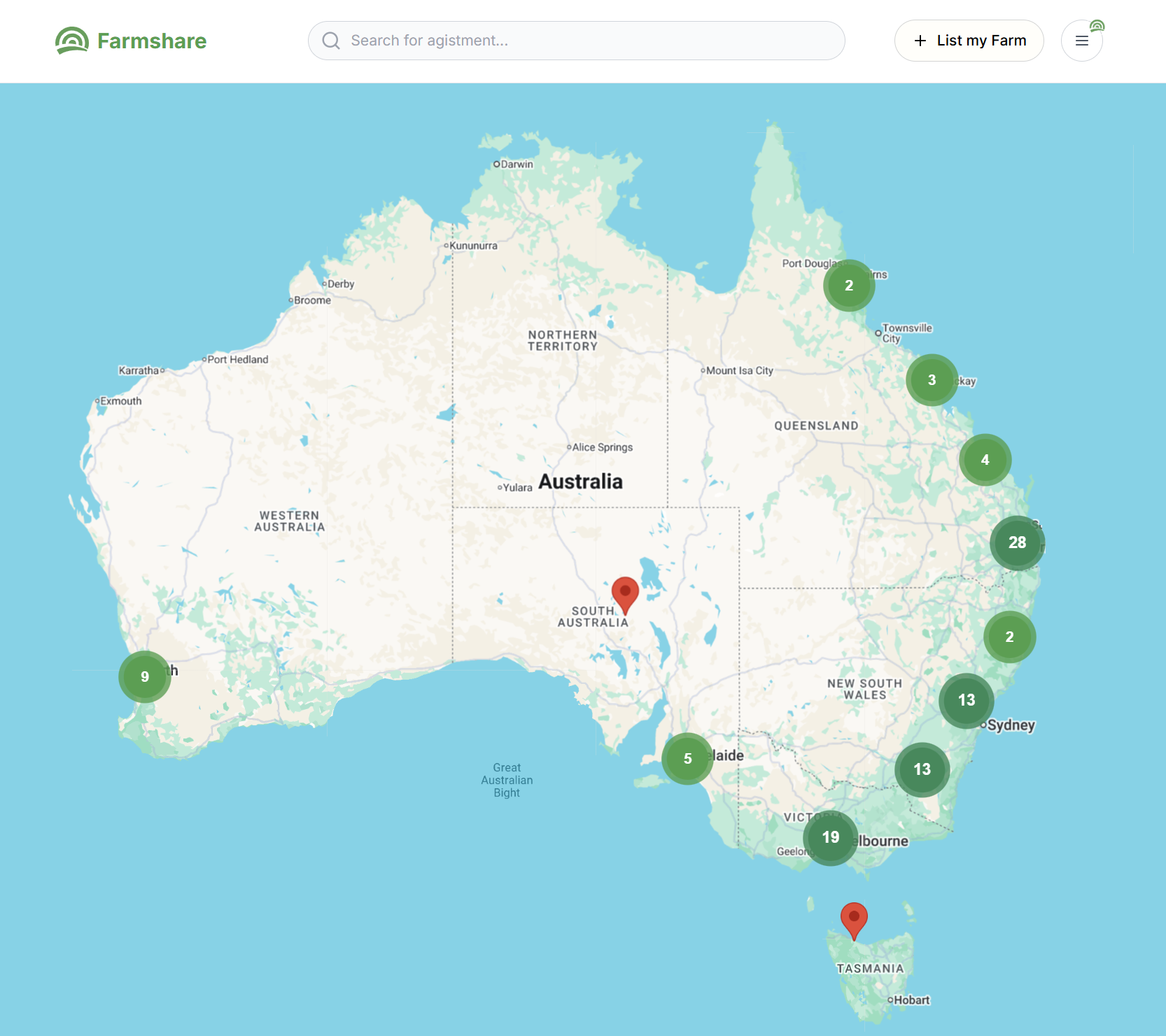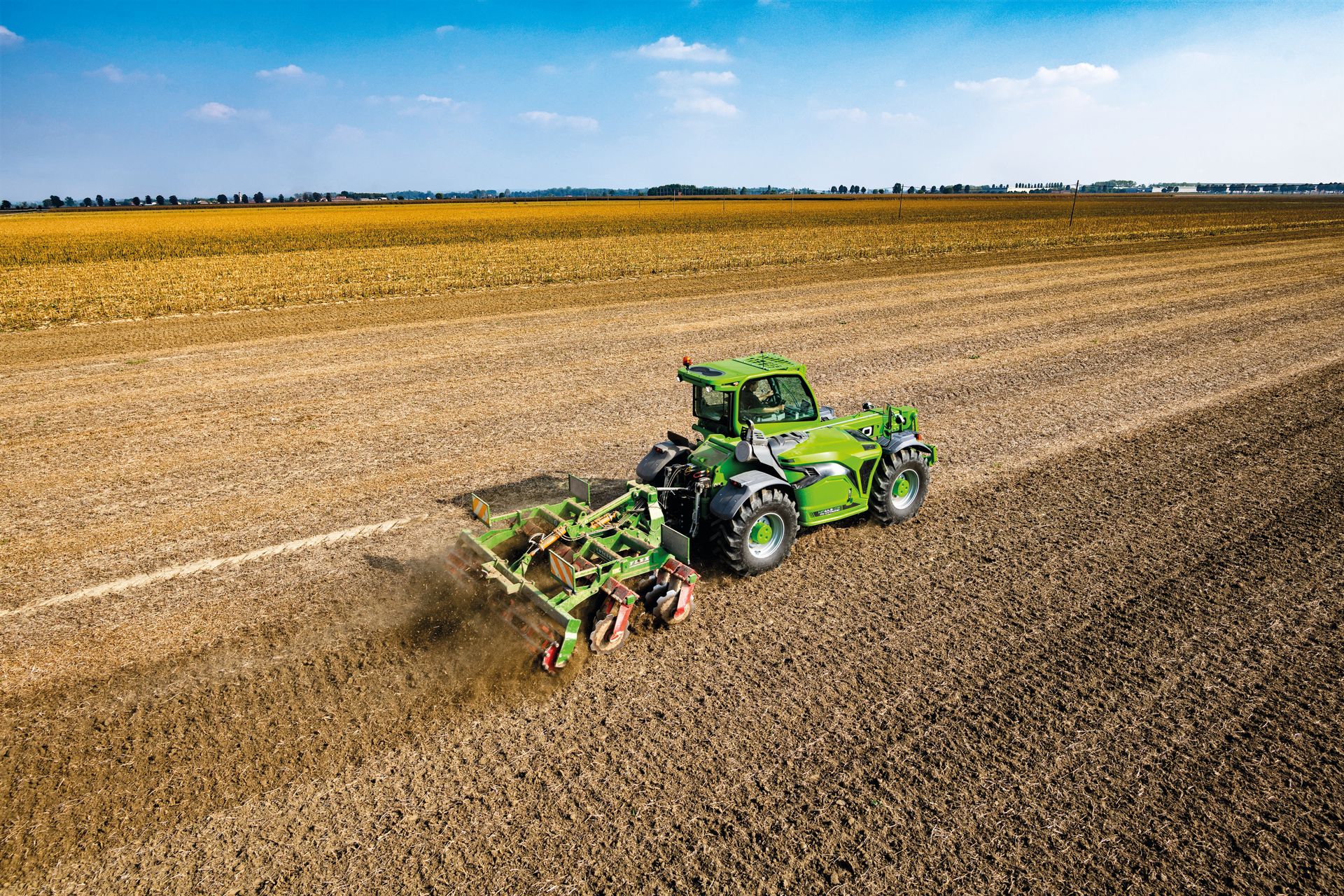1MG FlippingBooks
Modern 4WD design means rural Aussies need to accessorise
We recently spoke with Matt Frost – National Sales and Marketing Manager at 4WD accessories manufacturer ARB – about the changing needs of rural Australian ute and 4WD owners and the most popular accessories in the market in light of the standardisation of global car design.
As technology brings us closer together than ever before, vehicle design has become standard across the world as car companies strive to reduce margins and stay competitive. While this has many benefits for the Australian driver in terms of price and features, for farmers and those in rural areas it means work vehicles now need to be customised beyond the factory settings to survive and thrive in challenging outback conditions.
“The 4WDs we get these days are less rugged than the vehicles we were getting 20 years ago,” says Matt. “More and more cars are coming out with designs that give a better ride, but don’t necessarily improve protection or load-carrying characteristics.”
This has led to a booming vehicle accessories market in Australia, as owners have a genuine requirement to attach extra features – such as a bull bar or modified suspension system – to their vehicles so they can perform day-to-day travel and tasks to the required level. A particular concern for rural Australian drivers is the need for a bull bar or side rail for protection from animal strikes, given the damage they can cause to the plastic panels that are standard on most modern vehicles.
“If you’re driving in rural Australia, kangaroo and other animal strikes are highly prevalent,” says Matt. “A large kangaroo and a modern 4WD don’t go well together – if you hit a kangaroo at high speed, the likelihood of that vehicle being immobilised is a lot higher now than it was 20 years ago when cars had steel bumpers.
“Rural people tend to drive long distances as a necessity and if they end up with an immobilised vehicle in the middle of nowhere, it can be not only inconvenient but potentially quite dangerous.”
A bull bar isn’t going to prevent all damage to vehicle from an animal strike, but it will protect the vital engine components and enable the car to stay on the road. It’s not only a popular accessory for protection, but a bull bar is also the ideal place to mount other safety features such as auxiliary lighting, communications equipment or an electric winch to enable self-recovery of bogged vehicles.
Another popular 4WD accessory among farmers and rural Australians is an upgraded suspension system that can improve the vehicle’s load-carrying ability.
“Given the global design of 4WDs, the suspension can get compromised when you load up the vehicle,” says Matt. “With a good after-market suspension, you can really tailor the suspension to suit the application the vehicle is being used for – such as carrying a great weight – and get significant improvements in ride, handling and load-carrying capability.”
















